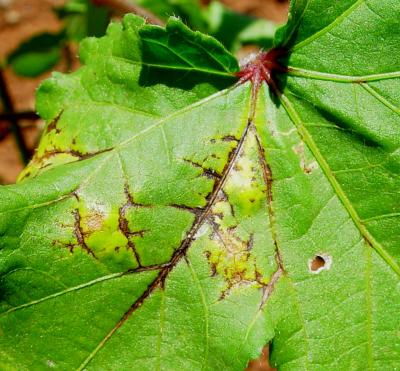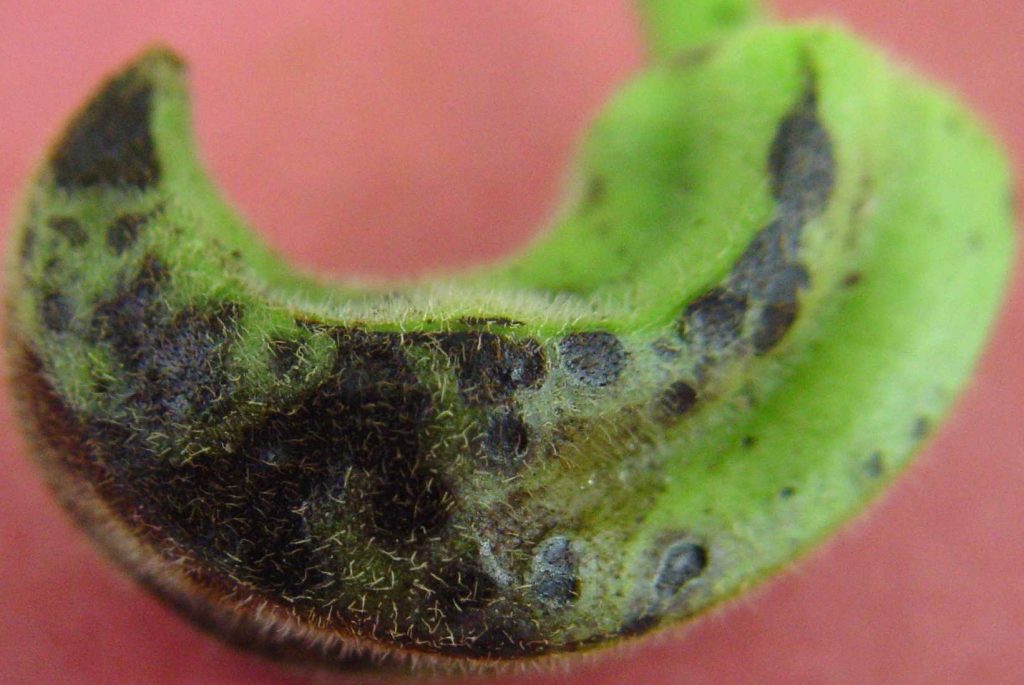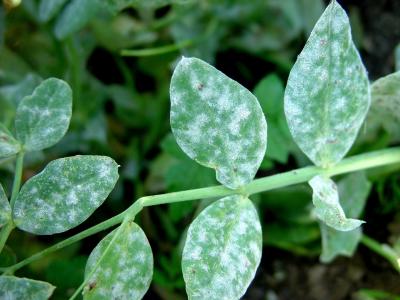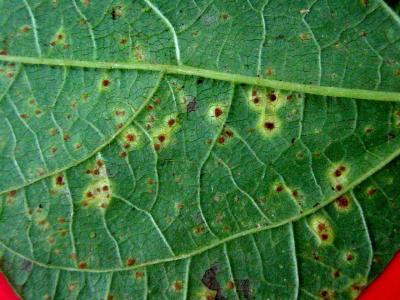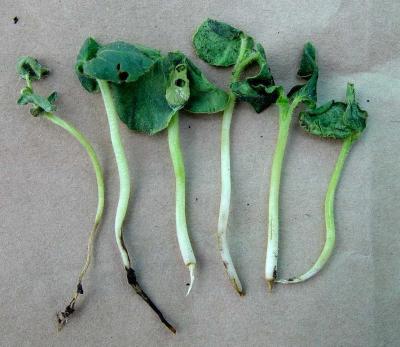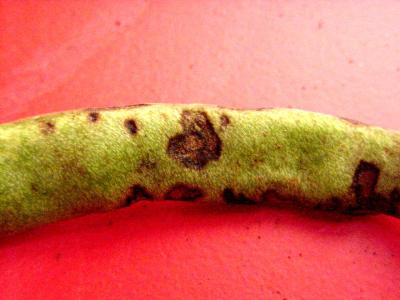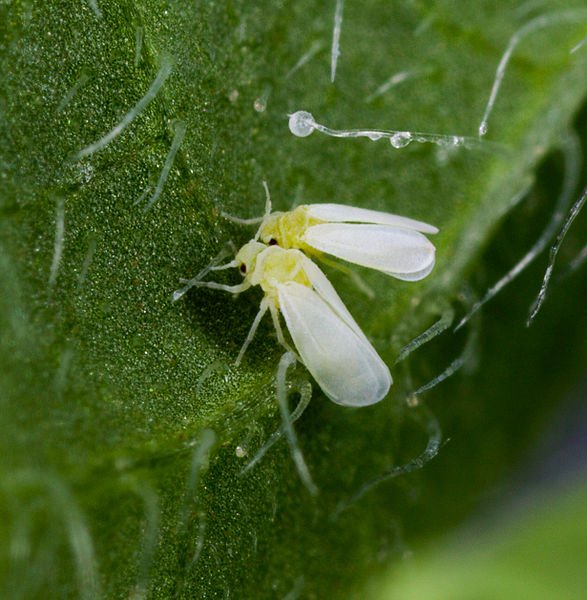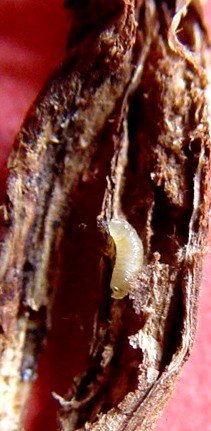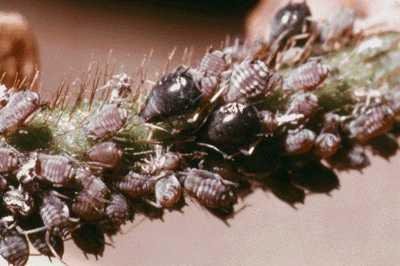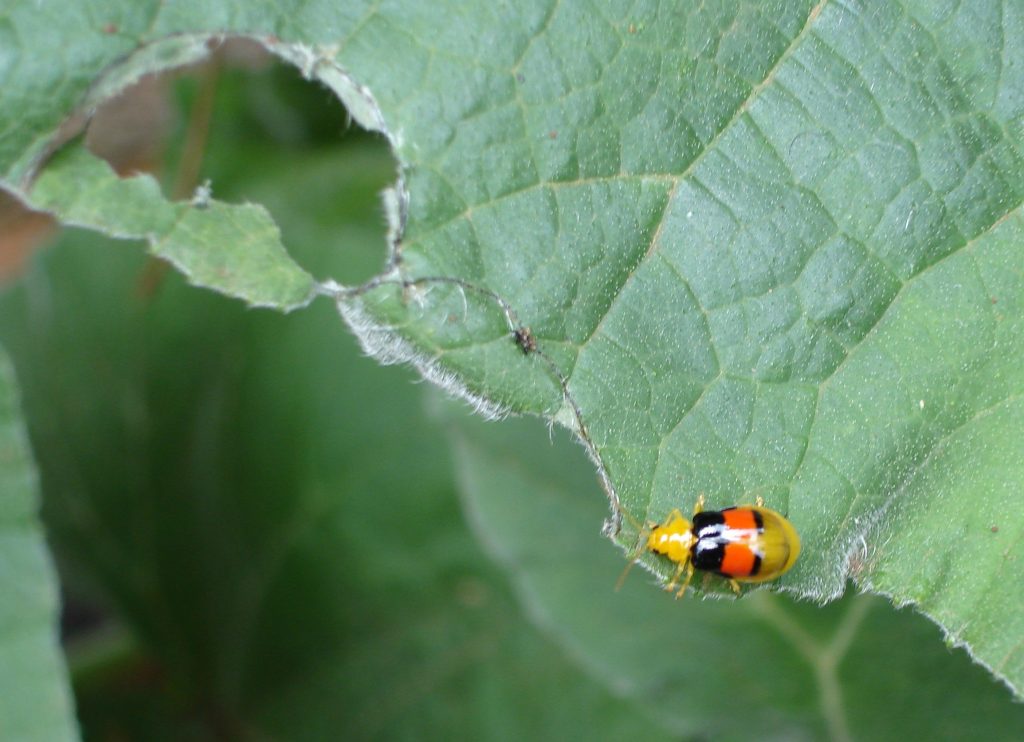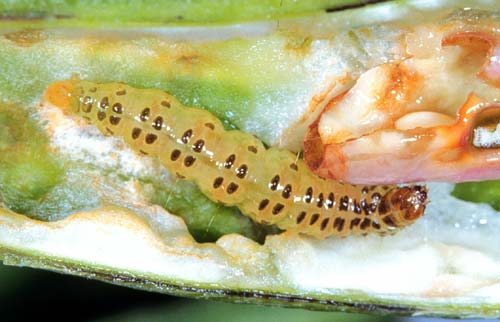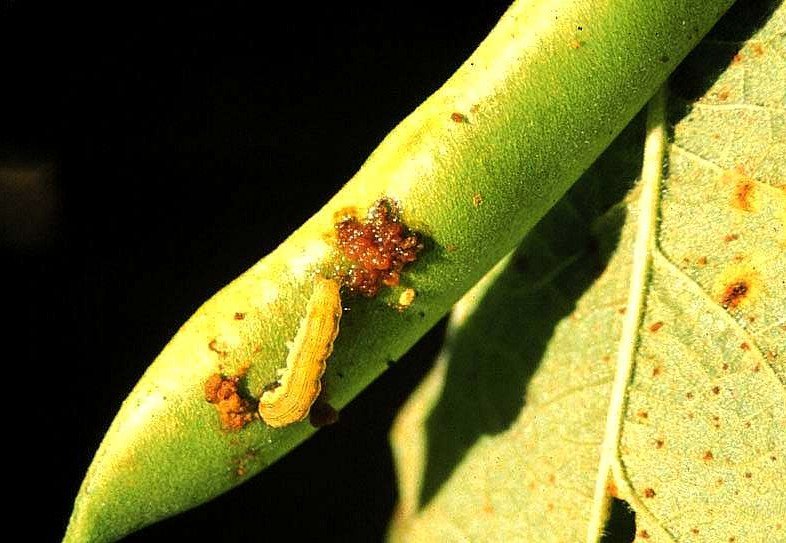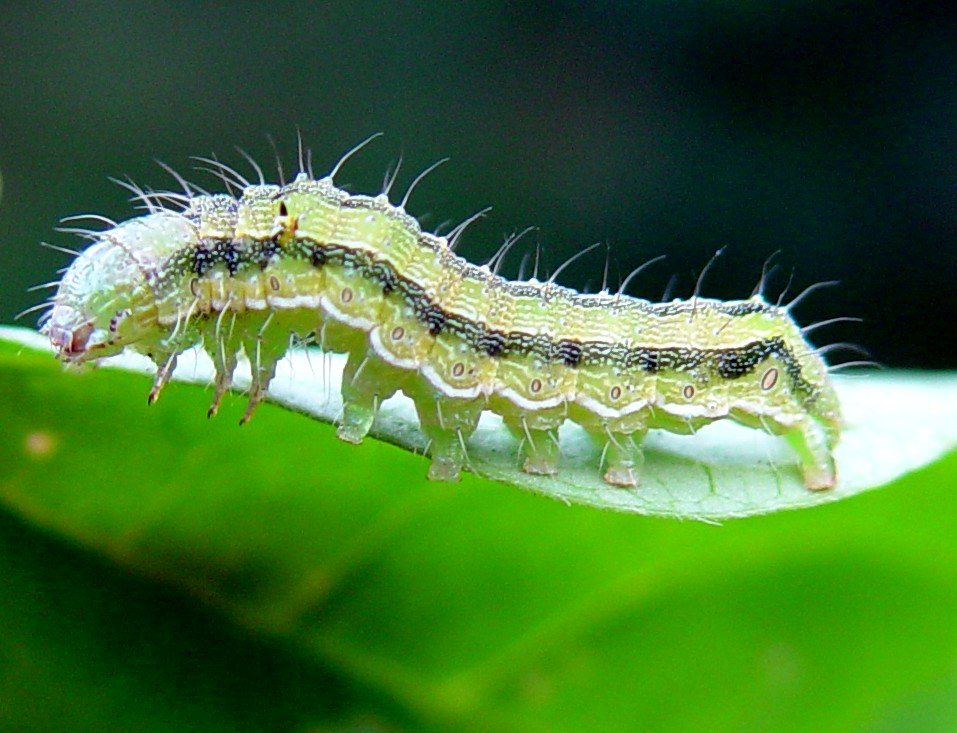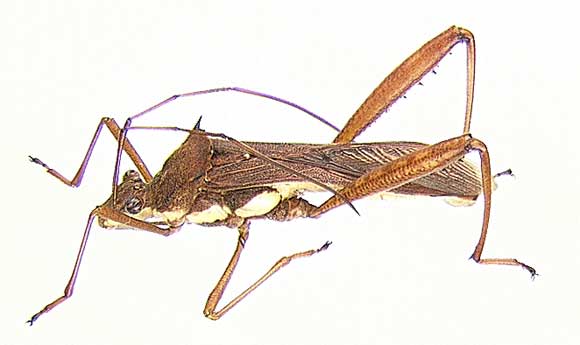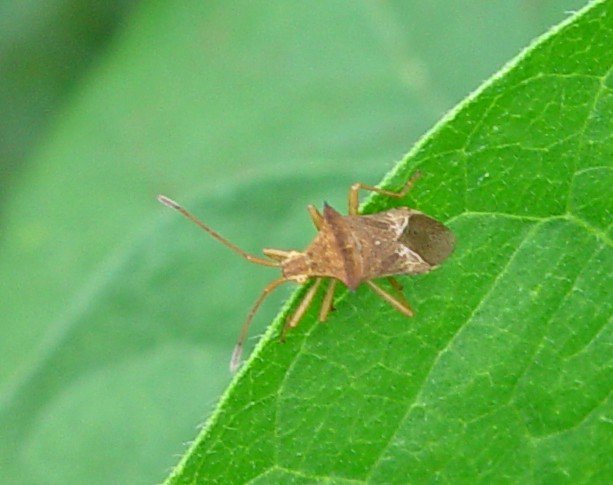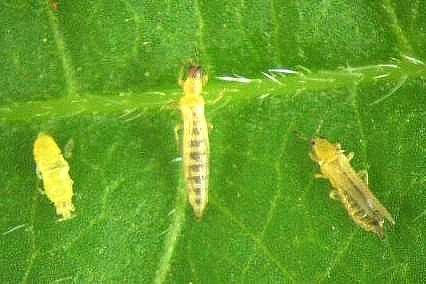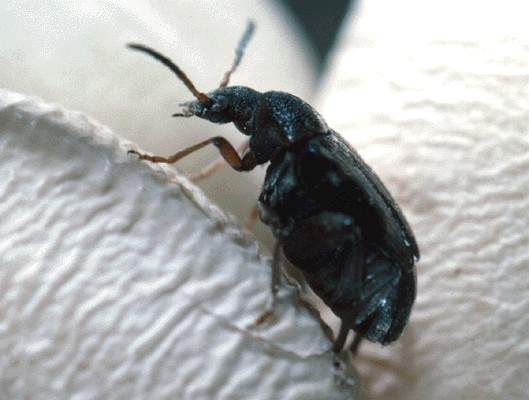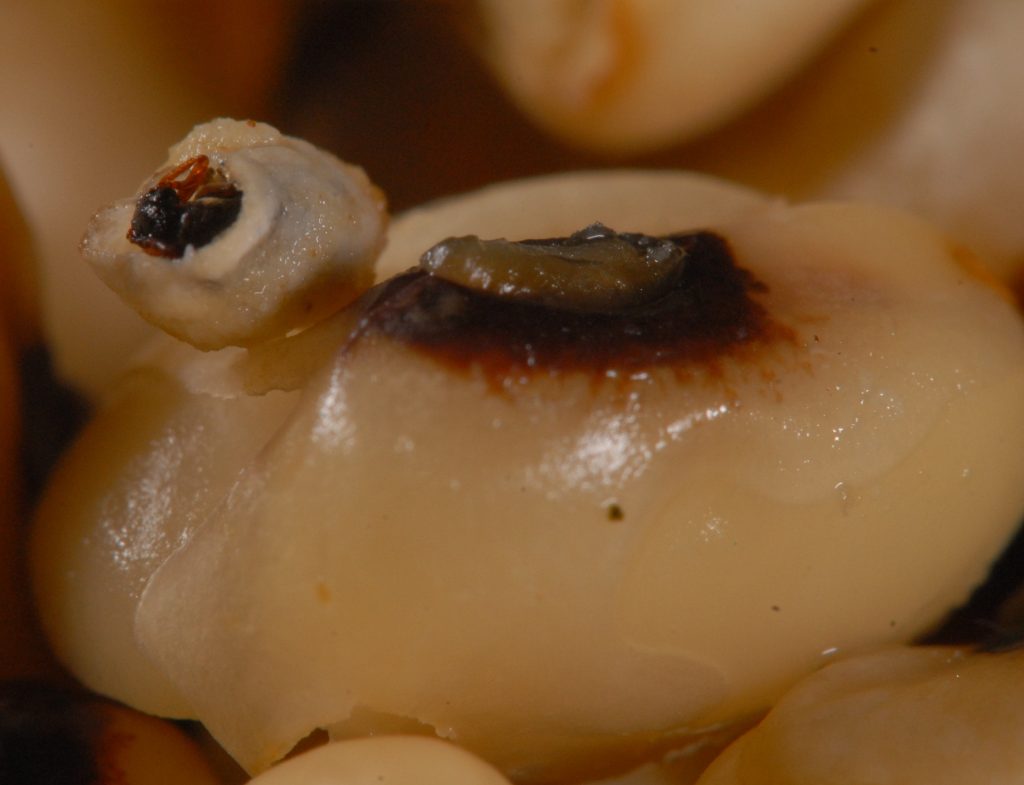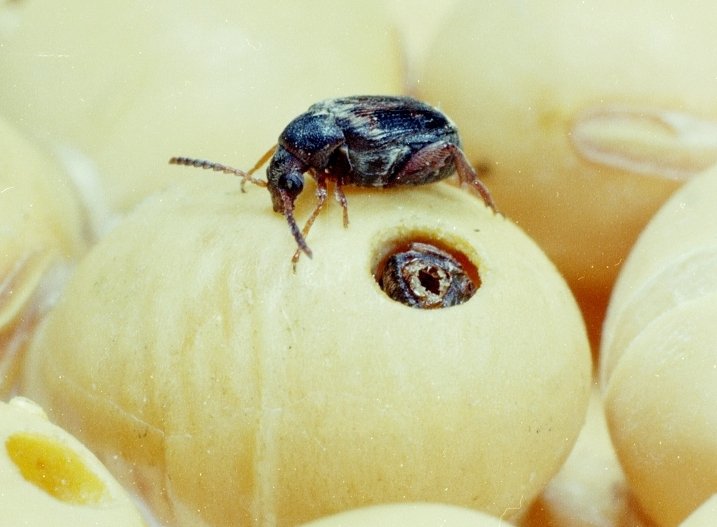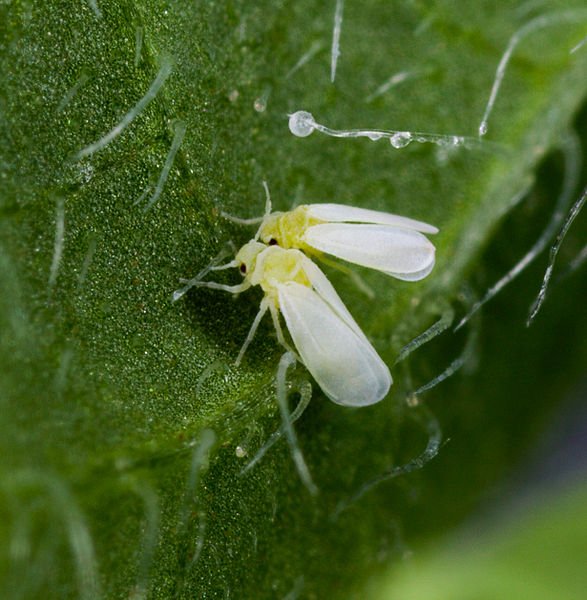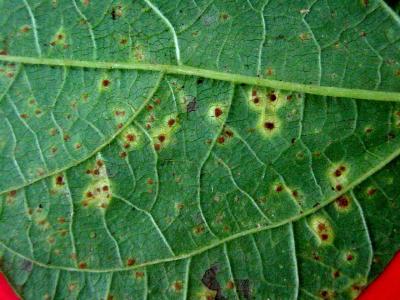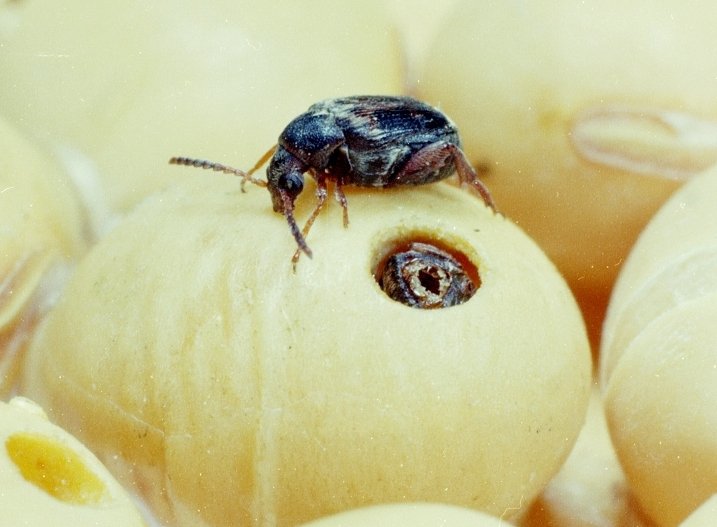Credits:Biovision-Infonet
A ewe is pregnant for 142 to 152 days, approximately five months or slighter shorter. Since ewes gestate for only five months, it is possible for them to lamb more often than once per year. While annual lambing is most common, lambing intervals of 8 months are realistic, especially in the tropics and with breeds that are less seasonal in their breeding habits.
Ewes: First-time moms
Though it depends upon breed, nutrition, and management, ewes can become mothers by the time they reach their first year. This is okay if the ewe lamb has achieved approximately two-thirds of her mature size (weight) before being bred. Thus, for some producers, it is commonplace to breed well-grown ewe lambs when they are 7 to 9 months of age. Other producers wait until their ewes are 18 months old before breeding them to lamb as 2 year olds. Different breeds of sheep reach puberty (sexually maturity) at different ages.
Extra food
During her last month of pregnancy, a ewe needs extra nutrition because her lambs are growing rapidly inside of her and her mammary (udder) tissue is developing. Approximately 70 percent of fetal growth occurs during the last month of pregnancy. The growth of the fetuses also reduces the ewe’s rumen capacity. Because of that in ewes ketosis could occur in the last part of pregnancy. A pregnant ewe requires a more-nutrient dense diet, especially if she is carrying multiple fetuses.
If a ewe doesn’t get enough feed during late pregnancy, she may get sick because her unborn lambs are taking most of her nutrients. Thin and fat ewes and ewes carrying multiple fetuses are most prone to pregnancy toxemia (ketosis). Thus, it is common to feed some grain or other energy-rich feed during late gestation. On the other hand, if a ewe is fed to rich diet during during larger part of the pregnancy, she may have trouble delivering her lambs because they may get too big to fit through her pelvic cavity. Fat ewes are also more prone to having problems at lambing time.
